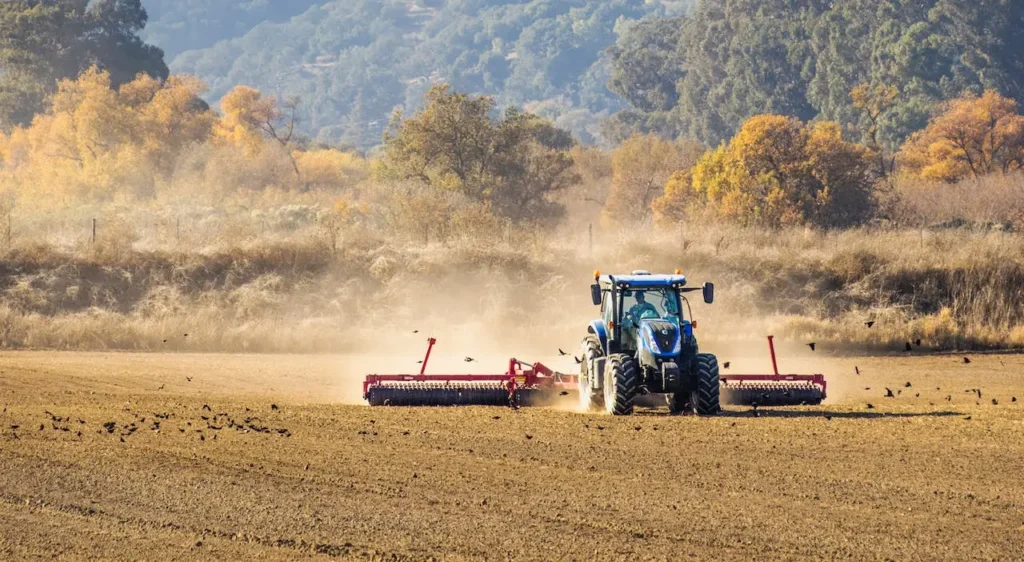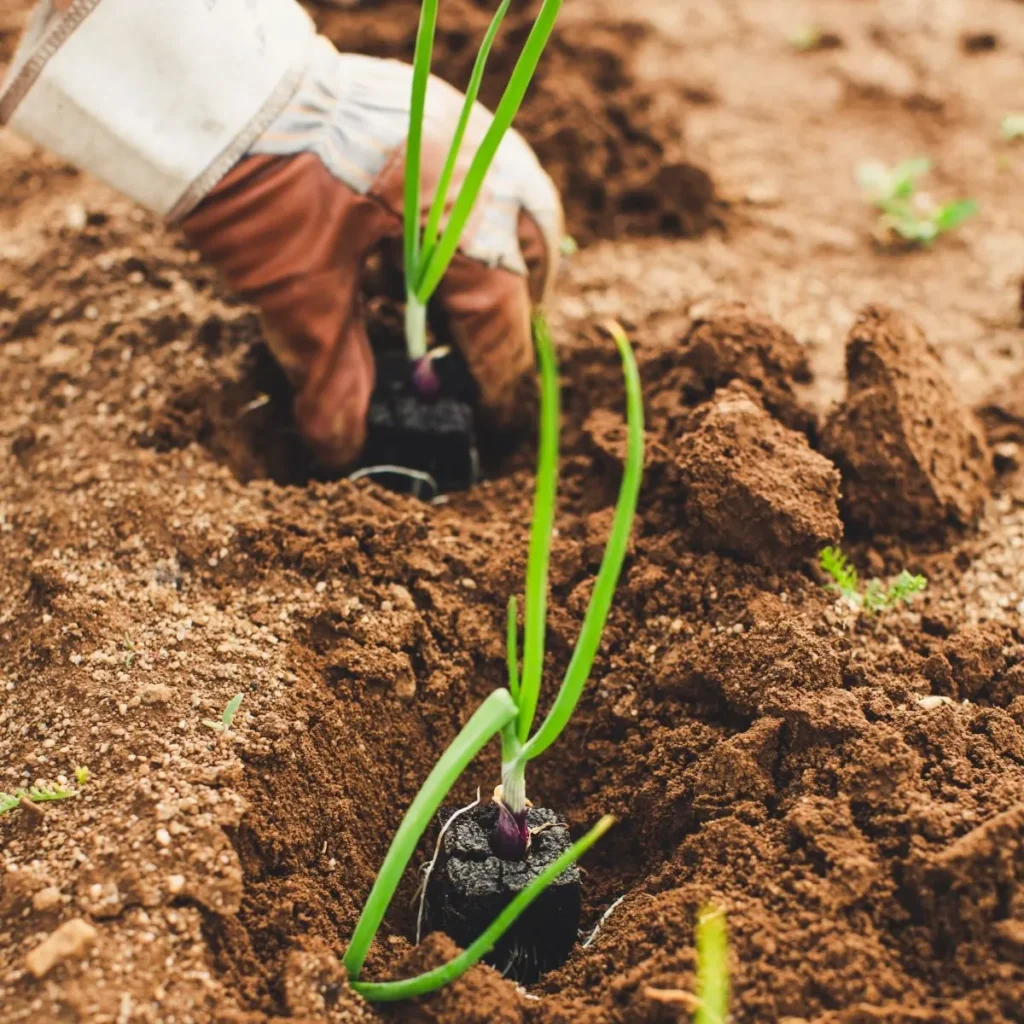Understanding Regenerative Agriculture
Regenerative agriculture is a transformative approach to farming that goes beyond traditional practices. It prioritizes the health of the soil as a foundation for sustainable food production, ecosystem preservation, and climate change mitigation. The goal is to create a sustainable agriculture system that is not only productive but also regenerates and enhances natural resources. This blog explains the core principles of this groundbreaking agricultural method, its economic impact, and its future prospects.
The Foundation of Regenerative Agriculture
Regenerative agriculture seeks to nurture the soil by adopting practices like cover cropping, crop rotation, and pasture cropping. These practices encourage organic matter and microbial life, leading to improved soil health, increased water retention, and better nutrient cycling. By prioritizing soil health and biodiversity, regenerative farmers create a more resilient and sustainable farming system that can withstand environmental challenges and contribute to long-term food security.
Why is Regenerative Agriculture Important?
Regenerative agriculture is essential for a sustainable and resilient food system. It breaks away from conventional farming norms that rely heavily on chemical inputs, tillage, and monoculture, which lead to soil degradation, erosion, and loss of biodiversity. Farmers can reduce their environmental impact, increase their farm resilience, and improve their economic viability by adopting regenerative agricultural methods. Regenerative practices also enhance the quality of water, reduce the effects of climate change, and promote wildlife habitats.

Market Perspective and Economic Impact
The regenerative agriculture market is expected to grow significantly in the coming years, signifying a growing recognition of its economic potential. According to a recent report published by Precedence Research, the global regenerative agriculture market size reached USD 975.20 million in 2022, and it is projected to be worth around USD 4,290.92 million by 2032, poised to grow at a CAGR of 15.97% from 2023 to 2032. The market’s expansion reflects a collective acknowledgment of the environmental benefits associated with regenerative practices and the growing demand for sustainable and healthy food.
The Principles of Regenerative Agriculture
Regenerative agriculture operates on five fundamental principles:
- Enhancing biodiversity
- Minimizing soil disturbance
- Keeping the soil covered
- Maintaining living roots year-round
- Integrating animals into the system
These principles work in harmony, fostering a holistic and sustainable farming approach that benefits the ecosystem as a whole. Enhancing biodiversity involves creating diverse habitats for beneficial insects, birds, and wildlife. Minimizing soil disturbance means reducing tillage, avoiding compaction, and using cover crops. Keeping the soil covered involves using mulch or cover crops to protect the soil from erosion and evaporation. Maintaining living roots year-round consists of planting cover crops or perennial crops that keep the soil alive and active. Integrating animals into the system involves using livestock to manage vegetation, fertilize the soil, and improve soil health.
Pros and Cons
Pros: Advantages of Regenerative Agriculture
- Improved soil health: Regenerative agriculture improves the physical, chemical, and biological properties of the soil, such as structure, fertility, organic matter, and microbial activity. Healthy soil can store more water and nutrients, sequester more carbon, and resist erosion and compaction.
- Increased biodiversity: Sustainable agriculture fosters a diverse and balanced ecosystem of plants, animals, and microorganisms. This can enhance the productivity and resilience of the farm, as well as provide ecosystem services such as pollination, pest control, and nutrient cycling.
- Reduced environmental impact: This form of agriculture minimizes the reliance on synthetic inputs such as fertilizers, pesticides, and herbicides, which can have negative effects on the environment and human health. It also mitigates greenhouse gas emissions by increasing carbon sequestration and reducing fossil fuel use.
- Increased farm resilience: It increases the capacity of the farm to cope with stressors such as climate change, pests, diseases, and market fluctuations. By diversifying crops and income sources, integrating livestock, and improving soil health, regenerative farmers can reduce their vulnerability and increase their adaptability.
Cons: Disadvantages of Regenerative Agriculture
- Transition challenges: Regenerative agriculture requires a paradigm shift from conventional farming methods that may be deeply ingrained in farmers’ mindsets and practices. It may also entail upfront costs for acquiring new equipment and infrastructure, such as cover crop seeds, compost bins, or fencing. Additionally, it may take several years for the benefits of sustainable agriculture to manifest in terms of yield and profitability.
- Knowledge and support gaps: Sustainable agriculture is not a one-size-fits-all approach but rather a context-specific and adaptive process that requires continuous learning and experimentation. Farmers may lack the knowledge, skills, or confidence to implement regenerative practices effectively. They may also face barriers in accessing technical assistance, financial incentives, or markets that support sustainable agriculture.
Job Opportunities in Regenerative Agriculture
As the sustainable agriculture movement gains momentum, so do job opportunities within the sector. From sustainable farm managers to specialists in soil health, the field offers a range of roles contributing to the broader mission of sustainable agriculture. Sustainable agriculture also creates opportunities for entrepreneurship, innovation, and community development.
Conclusion: Future Prospects of Regenerative Agriculture
Regenerative agriculture stands at the forefront of sustainable farming practices. Its principles not only benefit individual farms but also contribute to a global movement towards healthier soils, cleaner water, and a more resilient food system. As we look ahead, the future of regenerative agriculture appears promising, with the potential to reshape the landscape of modern farming and create a more equitable and sustainable food system for all.





